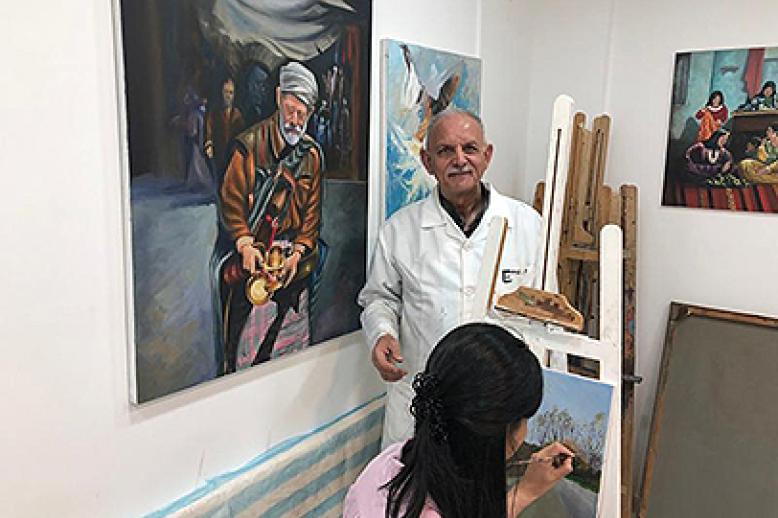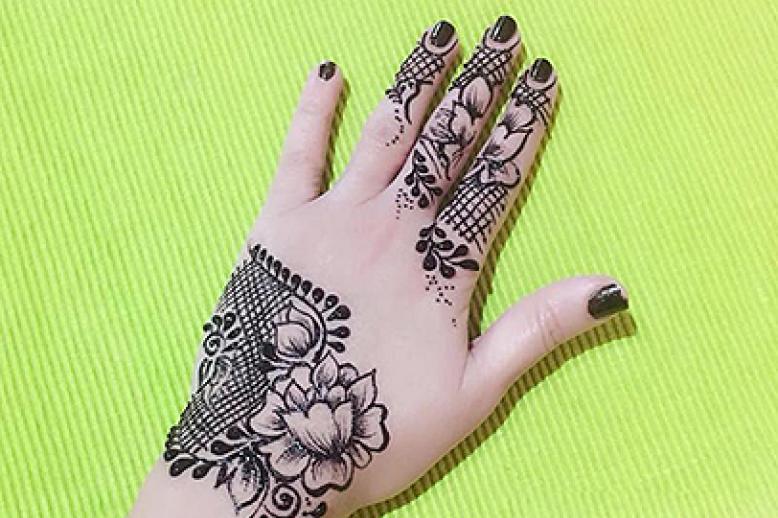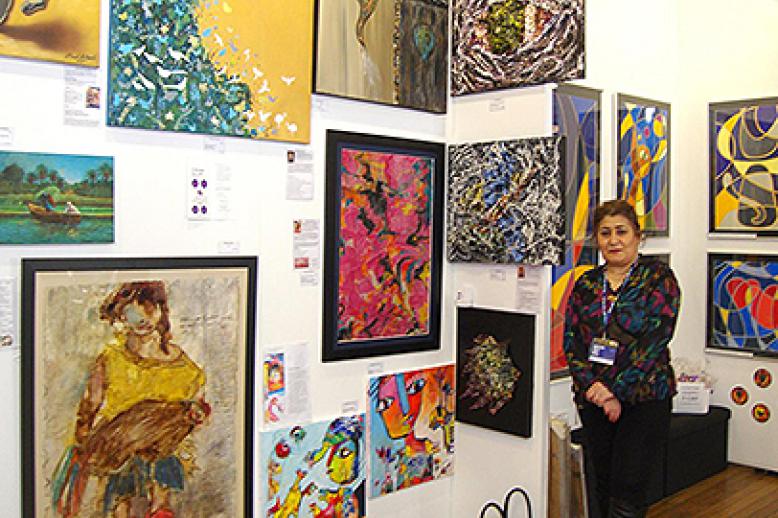Making Jordan accessible for wheelchair users

Roundabouts in Amman ease the flow of traffic but there are noticeable problems of access across the city. Mobility problems are likely to be worse for people with disabilities.
If difficulties are felt by able-bodied people, “imagine how impossible it is to get around for wheelchair users,” said Aya Aghabi, who uses a wheelchair following a life-changing accident in 2009 that led her to recast her thinking.
Motivated by the lack of accessibility and resources in Jordan to aid wheelchair users, Aghabi founded Accessible Jordan, an online platform that catalogues wheelchair-friendly spaces around the country.
Improving physical mobility, she said, is just one of her aims. It coexists alongside the need to traverse retrograde attitudes. On her hit list is the “less than” gaze society holds towards individuals with physical and mental disabilities. The ill-treatment that inspired a state-led drive to deinstitutionalise people with disabilities to ensure equality and prohibit disability-based discrimination.
A disabilities law aiming to do exactly that was passed by parliament last June to reverse stereotypes and pejorative attitudes and establish inclusive education.
Obstacles litter the road ahead, as access to infrastructure, services and information are yet to see greater material sacrifices from Jordan.
Central planning is dominated not so much by the people’s needs as their movement. Wheelchair-friendly venues and facilities are few. The path towards accessibility is not paved with criticism but with suggestions for a way forward.
Relaying a message of positivity is what people respond better to, Aghabi said. Her energies are infectious and encouraged businesses and individuals to ally themselves to the greater cause, while granting people “positive press and recognition.”
Amman’s expansion over the years has forced changes in the city’s landscape but enabling technologies are underdeveloped.
An effort announced last November between the European bank and Greater Amman Municipality promises to modernise municipal infrastructure and gradually transform Amman into a “smart city.” The idealist scheme is part of a greater vision that citizens hope is more than a rebranding exercise to stimulate tourism growth.
Aghabi’s project, inspired by communal needs for people with disabilities, the elderly and buggy users, offers more than smart solutions. The project’s main pillar, the philosophy of mindfulness, places the community at the heart of its considerations. Interactions she shared with people with disabilities, particularly the youth, eroded any discriminatory attitude that Aghabi said “perpetuate[s] the isolation of those who are unlike ‘us.’”
She used the challenges and limitations she encountered as inspiration for Accessible Jordan. After returning from the United States where she studied in 2010 and without the option of accessible transportation, which is heavily taxed, if available at all, Aghabi experienced feelings of isolation and dependency on others, eroding much of the independence she had become used to abroad.
In Amman, however, reliance on either family or public transport, Aghabi explained, is difficult largely due to the lack of suitable vehicles needed to transport people who sustained various injuries or had certain medical conditions. Not everyone uses a foldable wheelchair and not everyone can afford electric wheelchairs. Exposure to online tools allows users to plan their day, avoid unexpected disappointment and navigate undiscovered parts of their city — and reclaim some autonomy.
“I am one of many people in Jordan who face this challenge daily,” she said.
“So far the most challenging thing has been reaching the underprivileged areas in Jordan to raise awareness about accessibility and the rights of people with disabilities. Even for me, those areas are inaccessible and I can’t rely on social media” for access.
Added to that is the lack of disability allowance from the state, which offers much-needed social security to Amman’s most vulnerable.
Beyond online resources, the promotion of inclusive learning, accessible vehicles and policy changes helps to dismantle the “us versus them” dichotomy, Aghabi said. It serves as a guide that serves the people rather than placing commercial interests first, she said.
The next stop for Aghabi will be the development of “accessible tourism,” dreaming of an accessible Petra and Wadi Rum for wheelchair users.
Nazli Tarzi is an independent journalist, whose writings and films focus on Iraq’s ancient history and contemporary political scene.
This article was originally published in The Arab Weekly.




